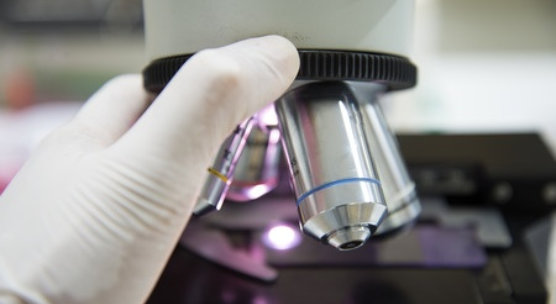Dundee researchers contribute to `open science’ project for malaria drugs
Published On Wed 14 Sep 2016 by Roddy Isles

Malaria remains one of the world’s leading causes of mortality in developing countries. Last year alone, it killed more than 400,000 people, mostly young children. This week in ACS Central Science, an international consortium of researchers, including scientists at the University of Dundee, unveils the mechanics and findings of a unique “open science” project for malaria drug discovery that has been five years in the making.
The current gold standard antimalarial treatments are based on artemisinin, a compound developed in the 1970s in China, combined with a partner drug. Yet, resistance to artemisinin and its partners has already emerged in some parts of the world.
If it spreads, there are no viable replacements. Given the lack of commercial incentive for industry to develop drugs for neglected diseases, and because academic researchers often lack resources to move compounds forward, there is a clear need for new approaches. In response, Matthew Todd from The University of Sydney together with the not-for-profit research and development organization Medicines for Malaria Venture proposed an “open source” solution akin to the open source concept used in software development.
More than 50 researchers from 21 organisations in eight countries added their research to the project, which started with a large set of potential drug molecules made public by the company GlaxoSmithKline.
Anyone willing to contribute — anywhere in the world — was welcome to share data and collaborate by adding comments to an electronic notebook as part of the Open Source Malaria Consortium. Some scientists designed and synthesized new generations of the antimalarial compounds; others ran assays and interpreted results.
Several rounds of research were conducted, addressing water solubility and structural issues, with all the data being made public in real time. A wide array of scientists, from professors through to undergraduates, participated by choice, agreeing that no one would individually seek patents to protect their contributions.
Irene Hallyburton, in the Drug Discovery Unit at the University of Dundee, was one of those who contributed to the project.
“This project has not only produced some very interesting science that may take us closer to finding new drugs for malaria, it has also offered insights into different ways scientists can collaborate on a large scale to tackle some of the world’s most pressing problems,” said Irene.
The authors note that the current results, while promising, are merely the beginning of the story. They continue to welcome additional contributions, also researched openly and collaboratively.
The authors acknowledge funding from Medicines for Malaria Venture, the Australian
Research Council, the Australian National Health and Medical Research Council, the European Molecular Biology Laboratory member states, the National Science Foundation and the Wellcome Trust.
The paper is freely available to view at this link: http://pubs.acs.org/doi/full/10.1021/acscentsci.6b00086
For media enquiries contact:
Roddy Isles
Head of Corporate Communications
University of Dundee
Nethergate, Dundee, DD1 4HN
Tel: +44 (0)1382 384910
Mobile: 07800 581902
Email: r.isles@dundee.ac.uk